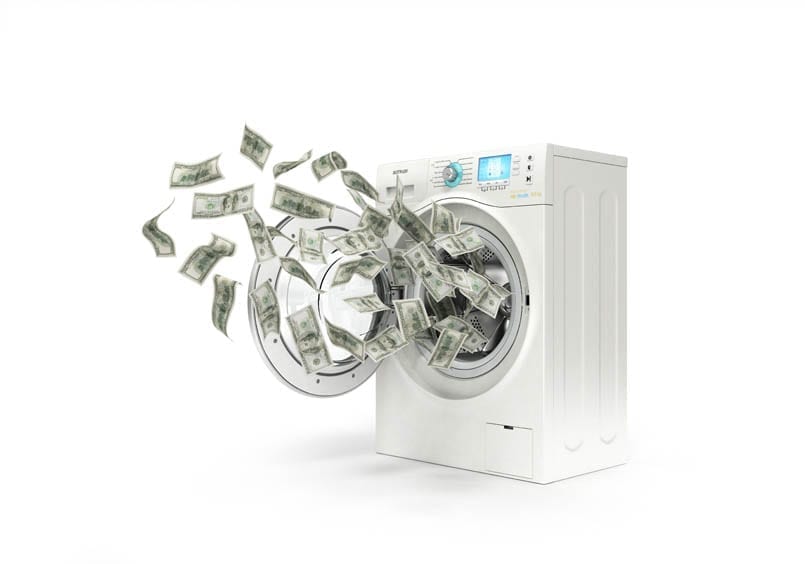31 Jan 2021 Loads of Love
By Beth Jimmerson
Laundry is one of life’s unavoidable chores — and it’s a chore that most people do weekly, if not daily. This means that washer and dryer energy usage, coupled with the amount of water used for laundry, can have a direct impact on your utility bills.
A typical family of four in the United States averages 300 loads of laundry annually, which accounts for 15 to 40 percent of a household’s water consumption and more than 130,000 watts of energy.

Washers and dryers don’t have to be costly to operate. If you’re in the market for a new washer and dryer, new efficient options are available that will save you money over the long term. But there are plenty of ways to reduce your home’s energy consumption – some that won’t cost you a thing.
Since most of us do at least a few loads of laundry each week, it’s worth taking a few easy steps to reduce energy use and save money.
WASH WITH COLD WATER
Using warm water instead of hot can cut a load’s energy use in half, and using cold water will save even more. On the hot setting, 90 percent of the energy a washing machine consumes is spent heating water and only 10 percent is used to run the motor. Most clothing can be properly washed on the cold setting, especially when you use cold-water detergents. Washing your clothes in cold water can save the average family more than $60 a year.
WASH FULL LOADS
Your washer will use about the same amount of energy no matter the size of the load, so fill it up. If you need to do a smaller load, be sure to choose the appropriate size setting on your washing machine. The same goes for dryer energy usage. Dry only full loads and dry two or more loads in a row to take advantage of retained heat from the previous drying cycle.
USE DRYER BALLS
Wool or rubber dryer balls will help separate your clothes and get more air to them, cutting drying time. They can also reduce static so you don’t need dryer sheets. The wool balls will also help absorb some moisture, further cutting drying time.
CLEAN THE LINT FILTER
Regular cleaning of the lint filter will make your dryer run more efficiently and can prevent fires. Clean the dryer lint filter after every use. Check the outdoor dryer exhaust vent frequently to make sure it’s clean and that the flapper opens and closes freely. If you use dryer sheets, scrub the filter once a month with a toothbrush to remove film buildup that can reduce air circulation.
GET OUTSIDE
Line drying is, of course, the most energy-efficient alternative for drying clothes. If you don’t have adequate outdoor space or live in an apartment, place a dryer rack by an open, sunny window.
USE LOW HEAT
Even if the drying cycle is longer, you’ll use less energy and be less likely to over-dry your clothes using a lower heat setting on the dryer. It also helps to dry towels and heavier cottons separately from lighter-weight clothes. Use your dryer’s cool-down cycle to allow clothes to finish drying with the heat remaining in the dryer.
USE THE MOISTURE SENSOR
Many new clothes dryers come designed with a moisture sensor, which automatically shuts off the machine when clothes are dry. This will save energy and reduce wear and tear on your clothes caused by over-drying.
GET A FREE ENERGY AUDIT
To save even more, consider a home energy audit. Conway Corp’s Energy Smart program offers free residential energy audits to help customers identify how much energy a home consumes and what measures may be taken to make that home more energy efficient. Annually, homes that have received a free audit from Energy Smart save more than $150,000 combined in utility costs.
To schedule your free audit or to learn more energy-saving tips, call 450-6000 or visit ConwayCorp.com/EnergySmart.
- This winter, keep the warm in and the chill out - December 2, 2025
- Let’s talk turkey - November 4, 2025
- The benefits of public power - September 30, 2025








